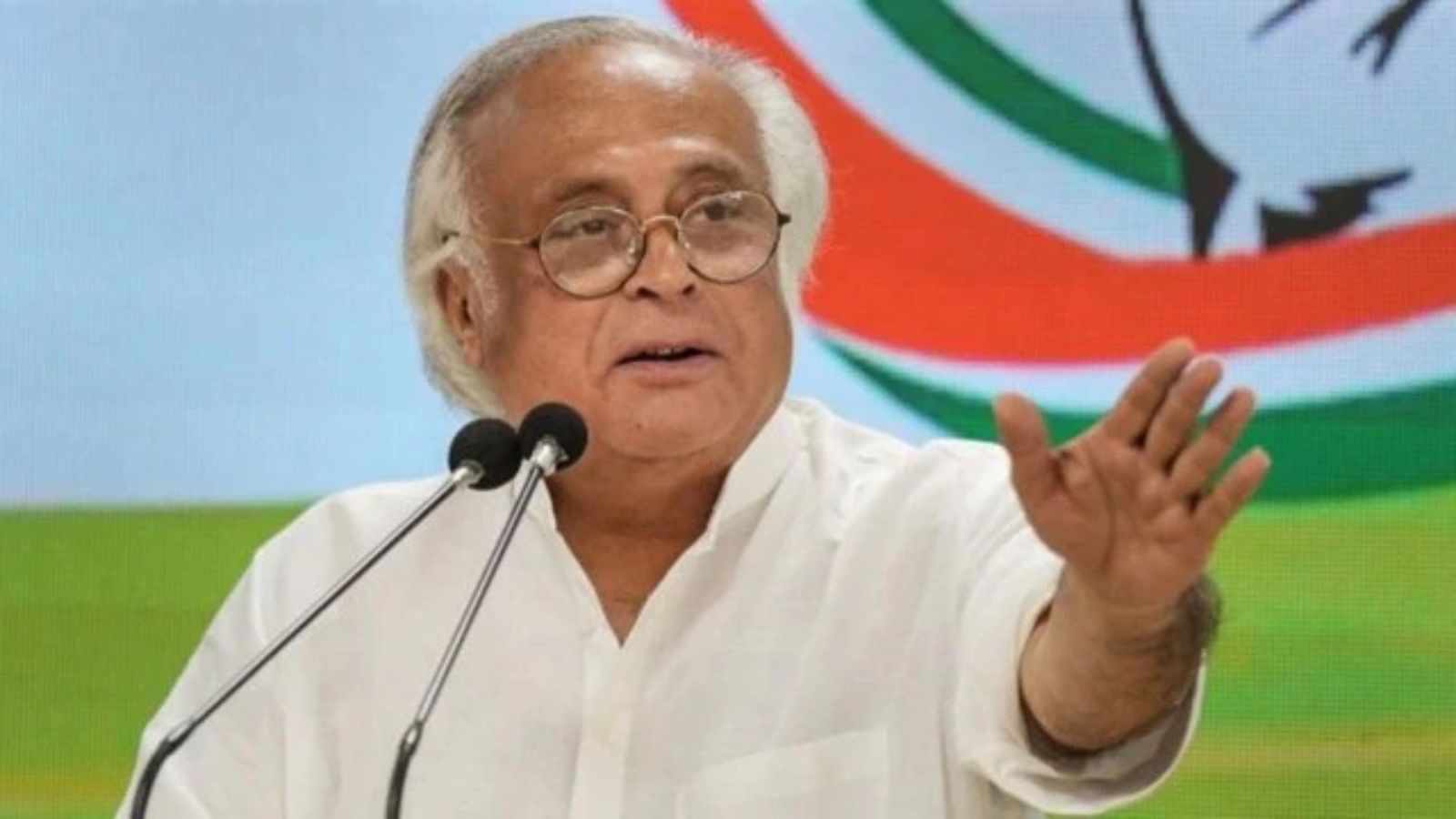 |
|
The Indian economy experienced a significant slowdown during the July-September quarter of 2024, with GDP growth plummeting to 5.4%, a near two-year low. This sluggish performance has ignited sharp criticism from the Congress party, which directly attributes the decline to the economic policies of Prime Minister Narendra Modi's government. Congress leader Jairam Ramesh issued a statement strongly condemning the government's handling of the economy, highlighting the stark contrast between the government's projected growth and the actual figures. He characterized the government's portrayal of economic prosperity as mere 'hype,' emphasizing the substantial gap between the optimistic narratives and the grim reality reflected in the 5.4% GDP growth rate.
Ramesh's critique extended beyond the headline GDP figure, focusing on several key indicators that paint a more complete picture of India's economic struggles. He pointed to the equally anemic 5.4% growth in private investment, a concerning sign indicating a lack of confidence among businesses. Furthermore, manufacturing growth, despite initiatives like the Production-Linked Incentive (PLI) scheme and the 'Make in India' campaign, slowed down to a mere 2.2%. This unexpectedly low figure underscores the significant challenges confronting India's manufacturing sector, raising doubts about the effectiveness of the government's industrial policy.
Adding to the concerns, Ramesh cited a deceleration in exports to 2.8% and a contraction in imports of -2.9%. This simultaneous decline in both exports and imports suggests a weakening domestic demand and overall economic weakness within the country. He further highlighted the sputtering mass consumption growth, signaling a decline in consumer spending, which is a critical driver of economic expansion. This multifaceted picture of economic weakness, highlighted by Ramesh, paints a concerning image of the Indian economy's performance under Modi's leadership. The Congress leader concluded by emphasizing the continued underperformance of India's economy under Modi's administration, asserting that its growth record remains markedly worse than during the tenure of former Prime Minister Manmohan Singh, despite the government's attempts to revise previous economic growth data.
The contrast between the government's optimistic pronouncements and the actual economic performance has become a central point of contention in the ongoing political discourse. The Congress party is utilizing this economic slowdown to criticize the ruling Bharatiya Janata Party (BJP) and its economic policies. The low GDP growth rate underscores concerns about several crucial aspects of the Indian economy. The weakness in manufacturing suggests challenges in improving domestic production and competitiveness. The decline in exports highlights concerns about the country's ability to compete in the global market. Furthermore, the contraction in imports indicates weakening domestic demand, a clear signal of a slowdown in consumer spending.
The government's response to these criticisms remains to be seen, but the significant slowdown in GDP growth raises questions about the sustainability of India’s economic trajectory. The comparison of Modi's economic performance to that of his predecessor, Manmohan Singh, is likely to remain a key point of political debate leading up to future elections. The argument centers around whether the current government's policies have fostered sustainable economic growth or whether structural issues persist, hindering India’s economic potential. The analysis of the economic data will continue to be a crucial aspect of political discussions and policy debates, especially given the upcoming electoral cycles.
While India remains the fastest-growing major economy compared to China, the 5.4% growth rate is still a considerable drop from the 8.1% recorded in the July-September quarter of 2023. This decline, coupled with the weak performance of key sectors, necessitates a comprehensive review of existing economic policies. Furthermore, the data raises questions about the effectiveness of initiatives like the PLI scheme and ‘Make in India,’ prompting calls for policy reforms that can stimulate growth in the manufacturing sector and bolster domestic demand. Whether the government will address these concerns through significant policy changes or continue with its current approach remains to be seen, but the economic slowdown is undoubtedly a significant challenge that needs to be addressed effectively to ensure sustained and inclusive economic growth.
Source: Shows reality far different from hype generated by PM Modi: Congress as growth slows
